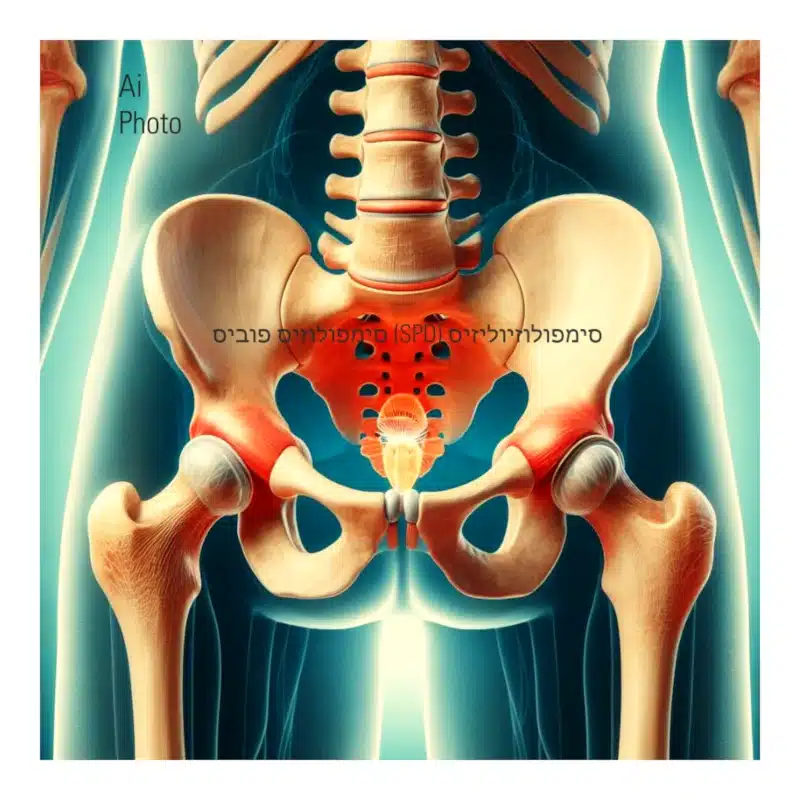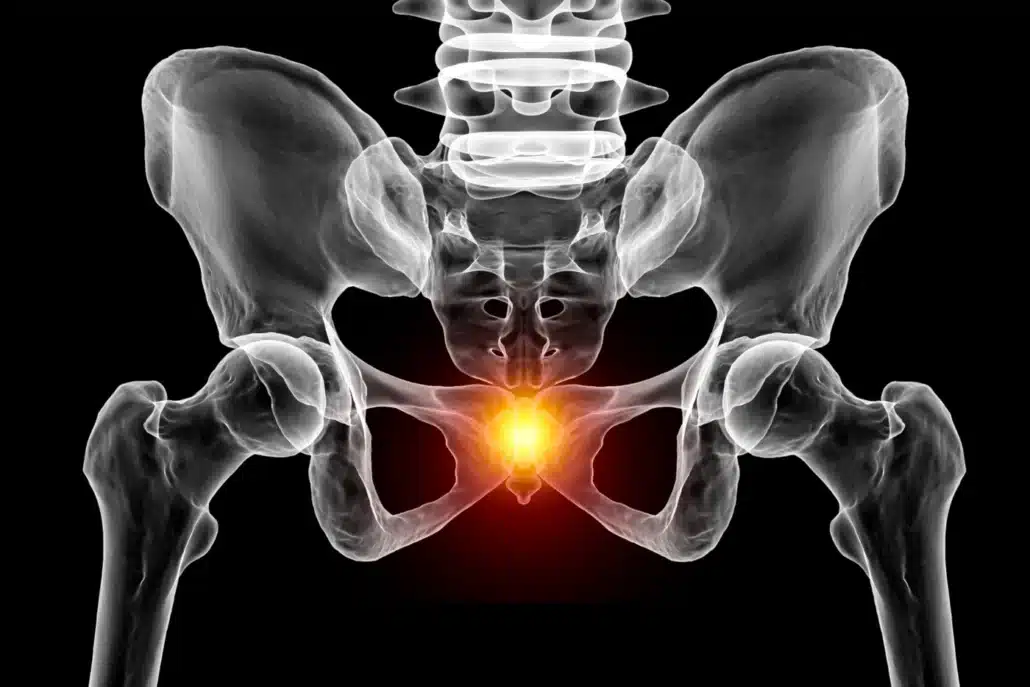What is Symphysis Pubis Dysfunction (SPD)
Symphysis Pubis Dysfunction, or SPD. Its a condition that affects the pubic symphysis, a joint located in the pelvic region.
This joint connects the two halves of the pelvic bone. And it plays a crucial role in supporting the body’s core.
SPD occurs when there is an abnormal movement or separation of this joint. This leads to discomfort and pain, particularly in the lower back and pelvic area.
Symptoms and Impact
SPD can manifest in various ways. With common symptoms including pain and tenderness around the pelvic region. These symptoms are particularly noticeable during activities such as walking, climbing stairs, or even simple movements. Moreover, the condition can significantly impact an individual’s daily life, making it challenging to perform routine tasks without discomfort. As a result, seeking appropriate treatment and support becomes essential.
Conventional Medical Treatment
In conventional medicine, the management of SPD often involves a combination of physical therapy. Pain relief medications, and, in severe cases, the use of supportive devices like pelvic belts. However, many individuals seek complementary and alternative therapies to complement their treatment. These therapies can reduce their reliance on conventional approaches.
Natural Therapies and Complementary Approaches
Complementary and alternative therapies, including integrated massage therapy. Acupuncture, and herbal remedies, have gained attention as potential options for managing SPD symptoms. These therapies aim to alleviate pain, reduce muscle tension, and improve overall well-being.
Massage Therapy
Massage therapy, this treatment in particular, has shown promise in helping individuals with SPD. Therapists may focus on specific muscle groups surrounding the pelvis to alleviate tension and discomfort. Gentle techniques, such as integrated massage with herbal remedies and hot stones. Swedish massage or myofascial release, can help improve blood circulation and provide relief.

Acupuncture
Another alternative approach is acupuncture, which some individuals find beneficial. This method involves the insertion of thin needles into specific points on the body. Thereby promoting healing and reducing pain. Additionally, physical therapy adjustments can help address misalignments in the spine and pelvis. Which can potentially offer relief from SPD-related discomfort.
Herbal Remedies and Supplements
Certain herbal remedies and dietary supplements have also been explored. Explored for their potential to alleviate SPD symptoms. However, it’s essential to consult with a healthcare provider before incorporating any new treatments or supplements into your routine. Especially during pregnancy.
Self-Care and Lifestyle Modifications
In addition to professional therapies, self-care practices and lifestyle adjustments can play a significant role in managing SPD. Here are some practical tips to consider:
Rest and Modify Activities:
Ensure your body gets adequate rest while avoiding activities that exacerbate your symptoms. For example, you may need to limit strenuous exercises and instead opt for gentler forms of physical activity.
Pelvic Support:
Consider using pelvic support belts or bands, as these can provide stability to the pelvic area and reduce discomfort during movement.
Proper Posture:
Maintaining good posture is crucial for alleviating strain on the pelvic region. Therefore, pay attention to your body mechanics, especially when sitting, standing, or lifting.
Warm Compresses:
Applying warm compresses to the affected area can be an effective way to relieve muscle tension and pain.
Prenatal Exercises:
If you are pregnant and experiencing SPD, consult with a prenatal fitness specialist. They can recommend safe exercises to strengthen core muscles and provide additional support to the pelvis.
Nutrition and Hydration:
A balanced diet and proper hydration are essential for overall health. Furthermore, some individuals find relief by reducing inflammatory foods in their diet. Increasing their intake of nutrients such as calcium and magnesium.
Stress Reduction:
Since high stress levels can exacerbate pain, practising relaxation techniques such as deep breathing. Meditation, or mindfulness can help you manage stress and improve your overall well-being.
Consult with a Healthcare Provider
It’s crucial to emphasise that while natural therapies and lifestyle modifications can be beneficial. They should complement, not replace, conventional medical treatment. Always consult with a healthcare provider, particularly if you’re pregnant or have underlying health conditions. Do this before starting any new therapies or making significant changes to your routine.
Conclusion
Symphysis Pubis Dysfunction can be a challenging condition to manage. However, individuals have a range of treatment options to consider. Ranging from conventional medical care to natural therapies, self-care practices, and lifestyle adjustments. By combining these approaches. Individuals can adopt a holistic way to manage SPD and improve their overall well-being.
It is important to note. This document is not intended to replace any medical advice. Or guide you toward a specific course of treatment. Instead, it highlights the need for individuals to carefully evaluate their options. And decide on the most suitable approach for their unique needs and circumstances.




